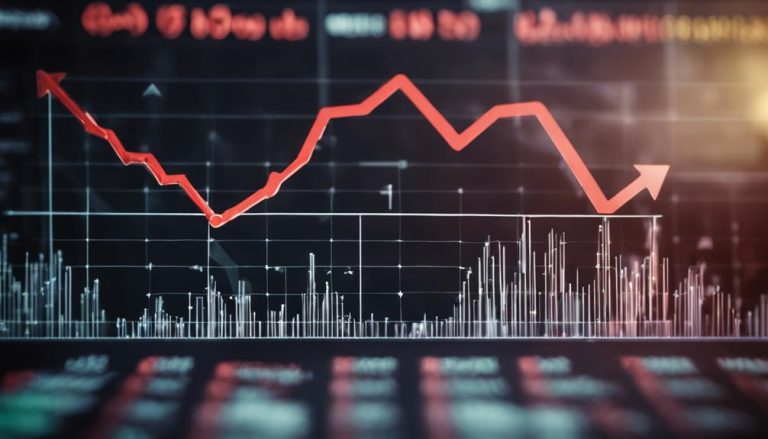
The Impact of Global Market Trends on Iron Prices in Saudi Arabia
Global market trends have a substantial impact on iron prices in Saudi Arabia. Fluctuations in global demand and supply dynamics directly influence the pricing trends of iron in the region. Infrastructure development, geopolitical events, currency exchange rates, industrial production, and trade policies all play a vital role in shaping iron prices. Understanding these factors is essential for businesses and investors operating in the Saudi iron market. Stay informed about these global dynamics to make informed decisions and stay ahead in the market landscape.
Key Takeaways
- Global demand fluctuations directly influence iron prices in Saudi Arabia.
- Infrastructure development heavily relies on iron availability and pricing trends.
- Geopolitical events, such as tensions in Europe, can impact iron prices.
- Currency exchange rate fluctuations affect the cost of imported iron.
- Industrial production in Saudi Arabia adjusts to changes in global steel demand.
Iron Global Demand and Supply Dynamics
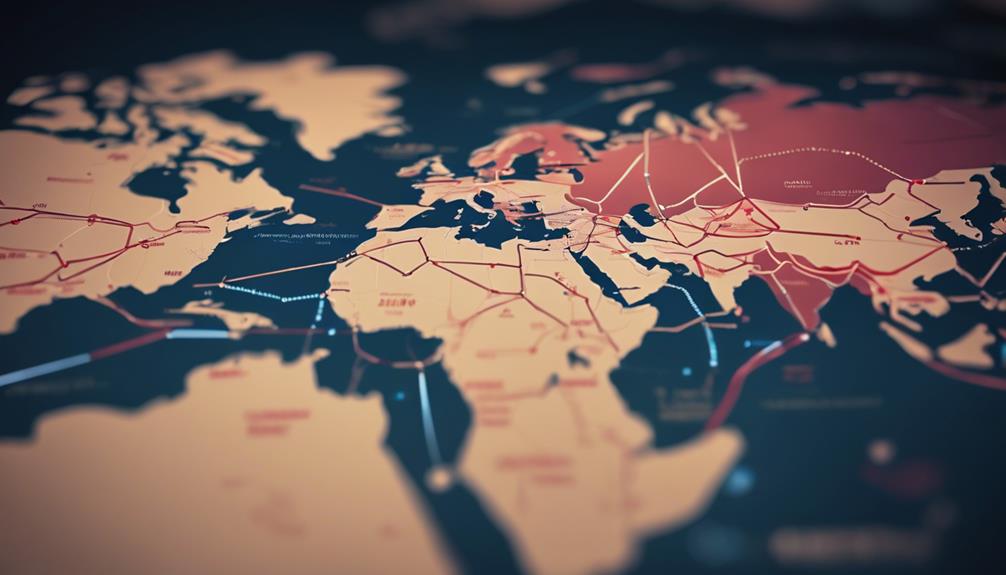
Understanding the interplay between global demand and supply dynamics is paramount in comprehending the intricate relationship between global market trends and iron prices in Saudi Arabia. The iron rates in Saudi Arabia are greatly influenced by the ebb and flow of global demand for this essential commodity. Fluctuations in demand on a global scale directly impact the pricing trends of iron in the Saudi market.
Similarly, the supply dynamics in the global iron market play a pivotal role in determining the iron prices in Saudi Arabia. Changes in global iron supply, including variations in production levels and alterations in trade patterns, can have a direct and immediate effect on the iron rates in Saudi Arabia.
The interconnectedness of Saudi iron prices with global market trends underscores the importance of monitoring and understanding the global demand and supply dynamics to predict and analyze the fluctuations in iron prices within the Kingdom accurately.
Infrastructure Development Influence
An essential component of Saudi Arabia’s economic landscape, infrastructure development heavily relies on the availability and pricing of iron as a fundamental construction material. The today iron price plays an important role in determining the feasibility and progress of infrastructure projects in the Kingdom.
As iron cost per kg fluctuates, it directly impacts the overall expenses incurred in construction activities, thereby influencing the scale and pace of development initiatives. Higher iron prices can lead to increased construction costs, potentially affecting the government’s ability to undertake large-scale infrastructure projects. Conversely, lower iron prices may stimulate more construction activity and investment in infrastructure development.
The current iron price per kg is a key metric that industry experts and policymakers closely monitor as it serves as an indicator of the level of economic activity and growth within the construction sector. Keeping a close eye on iron prices is essential for effectively planning and executing infrastructure development projects in Saudi Arabia.
Geopolitical Events and Iron Prices
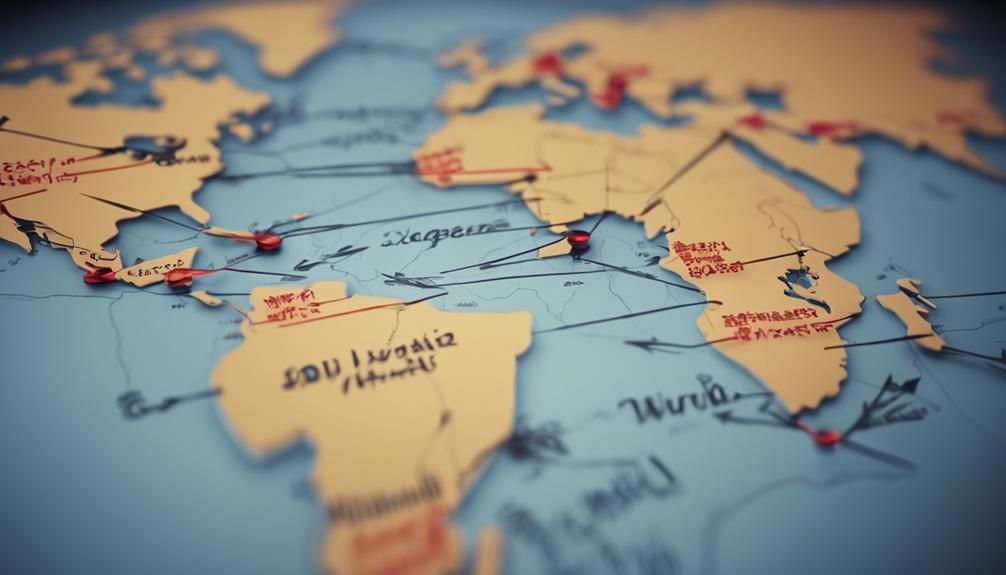
The intricate interplay between geopolitical events and iron prices in Saudi Arabia reveals a complex web of influences on the Kingdom’s construction industry. Geopolitical events, such as tensions in Europe, have the potential to greatly impact iron prices in Saudi Arabia.
Global fuel prices and trade agreements, both of which are influenced by geopolitical events, can also have a direct effect on the cost of iron in the Saudi market. The political stability of the region plays an important role in determining the overall stability of iron prices within the country.
Fluctuations in currency exchange rates, often triggered by geopolitical events, can further exacerbate price variations in the iron market. These factors, both directly and indirectly linked to geopolitical events, shape the market dynamics of the iron industry in Saudi Arabia.
Therefore, staying abreast of global political developments is essential for understanding and predicting price fluctuations in the Saudi iron market.
Currency Exchange Rates Impact
Influencing Saudi iron prices considerably, currency exchange rates play an important role in the dynamics of the local market. Fluctuations in currency exchange rates directly impact the cost of imported iron in Saudi Arabia. A stronger Saudi currency can make imported iron cheaper, subsequently affecting local iron prices.
Conversely, a depreciation of the Saudi currency may lead to higher costs for imported iron, thereby influencing overall iron prices in the domestic market. Maintaining stability in currency exchange rates is essential for managing price volatility within the Saudi iron industry.
The interplay between currency values and iron prices underscores the interconnected nature of global markets and their impact on the local economy. Monitoring and responding to shifts in currency exchange rates are crucial considerations for stakeholders in the Saudi iron market to navigate price fluctuations effectively.
Balancing these factors is integral to ensuring a stable and competitive iron industry in Saudi Arabia.
Industrial Iron and Steel Production Effects
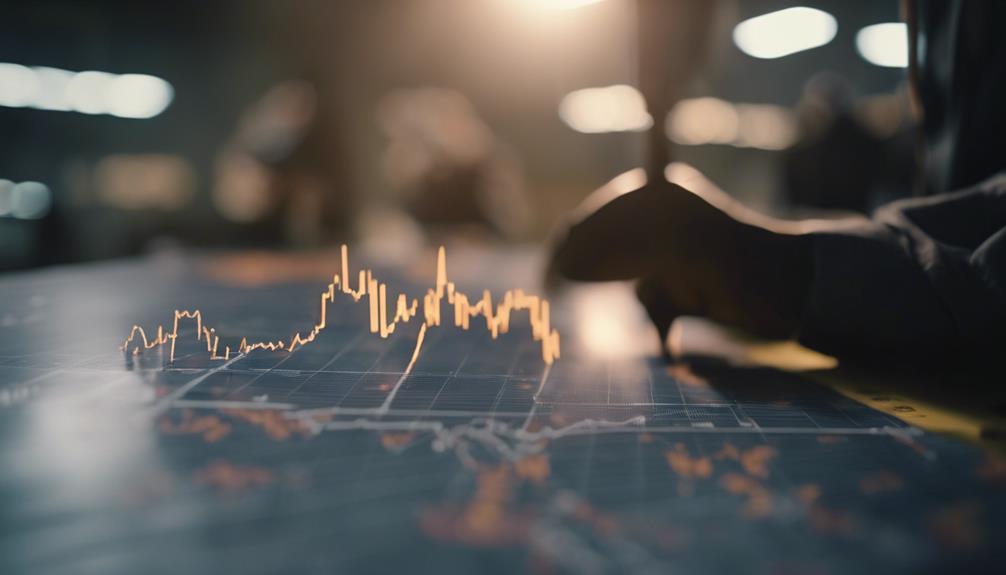
Industrial production in Saudi Arabia is intricately intertwined with the global market trends that impact iron prices. As one of the leading industries in the Kingdom, industrial iron and steel production is markedly influenced by fluctuations in global steel demand, which, in turn, are closely tied to iron prices.
The direct correlation between iron prices and industrial output means that any notable changes in the former can lead to adjustments in production levels and strategies within Saudi Arabia. The competitiveness of the Saudi industrial sector relies heavily on the stability and trends observed in iron prices worldwide.
To effectively navigate these dynamics, industry players must keenly observe and react to global market trends, ensuring that their production processes remain agile and responsive to external fluctuations. By staying attuned to these factors, Saudi Arabia can better position its industrial production sector to withstand market uncertainties and capitalize on opportunities for growth and development.
Trade Policies and Price Volatility
Amidst the intricate web of global market trends shaping iron prices in Saudi Arabia, the dynamics of trade policies emerge as a pivotal factor influencing price volatility within the Kingdom’s iron market.
Trade policies, including tariffs and import/export regulations, hold the power to sway the stability and competitiveness of iron prices in Saudi Arabia. Changes in trade agreements and international trade relations can create significant fluctuations in the Kingdom’s iron market, impacting both producers and consumers.
The interplay between trade policies and iron prices is important for stakeholders in the Saudi iron industry to navigate effectively. Price volatility in the Saudi iron market is closely intertwined with shifts in global trade dynamics, underscoring the need for a thorough understanding of how trade policies can shape market conditions.
To sum up, the variations in global market trends have a substantial impact on iron prices in Saudi Arabia. Factors such as demand and supply dynamics, infrastructure development, geopolitical events, currency exchange rates, industrial production, and trade policies all contribute to determining the price volatility of iron.
It is essential for stakeholders in the iron industry to closely monitor these global market trends in order to make well-informed decisions and mitigate potential risks.
Frequently Asked Questions
Why Iron Ore Prices are Falling?
Iron ore prices are falling due to increased supply, weakening demand from major consumers like China, global economic uncertainties, trade tensions, rising global inventories, and the shift towards renewable energy sources impacting traditional raw material demand, all contributing factors.
How much Steel does Saudi Arabia Import?
Saudi Arabia imports approximately 10 million metric tons of steel annually, catering to diverse industries such as construction, manufacturing, and infrastructure. Steel imports play an essential role in meeting the country’s demand for iron and steel products, supporting economic growth and industrial development.
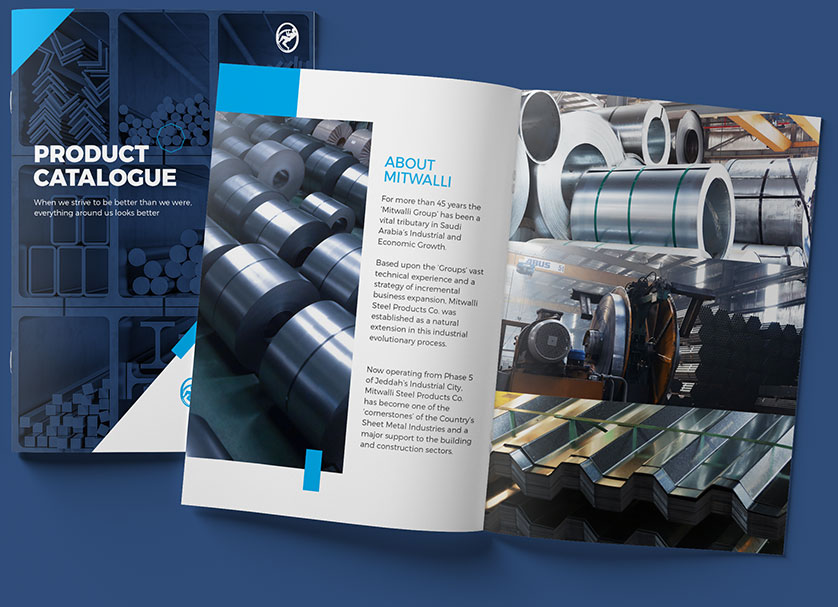
Add New Comment
Deprecated: File Theme without comments.php is deprecated since version 3.0.0 with no alternative available. Please include a comments.php template in your theme. in /home/wwwmsp/public_html/wp-includes/functions.php on line 6114